Researchers achieve EV battery breakthrough with silicon-based materials and gel electrolytes, moving closer to a 1,000-kilometer range on a single charge.
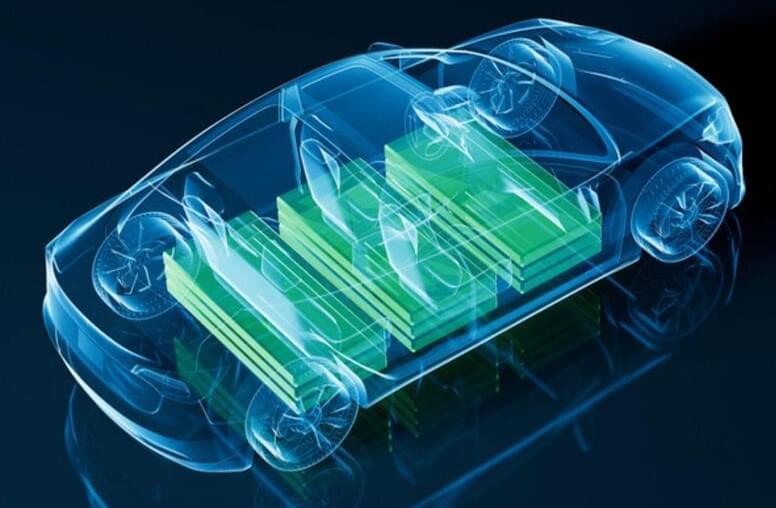

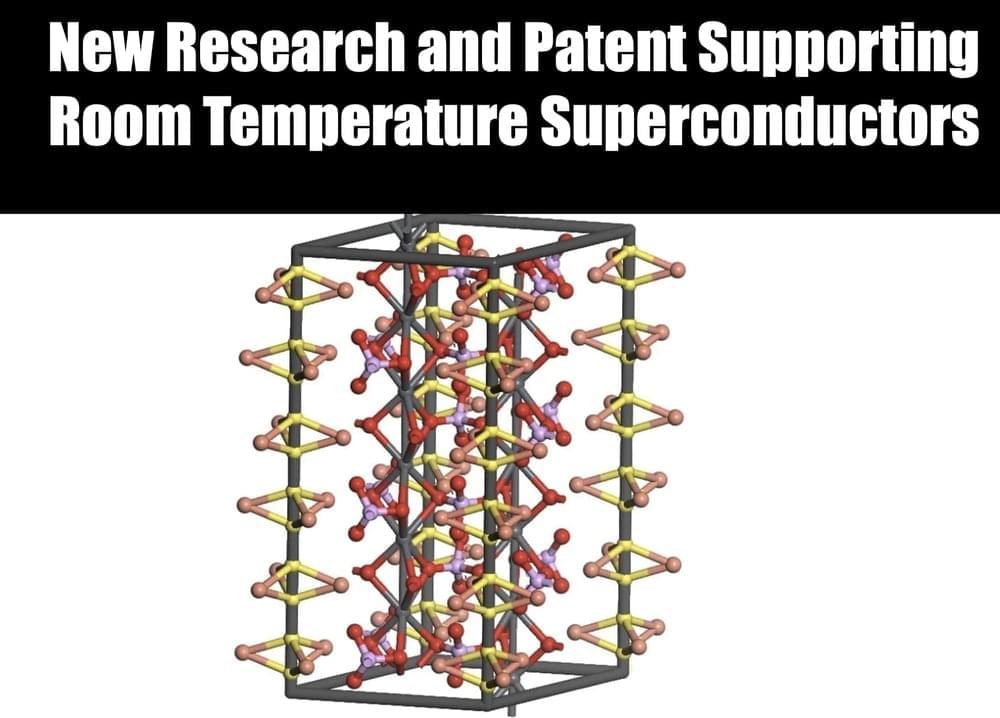
A LK99 researcher from Hubei, China, said that his paper might not be released before the Lunar New Year because of patent issues, announced the main findings of the paper, which detected three specific magnetic pointing superconductivity in the samples. He also described improved synthesis methods.
The LK99 researcher from Hubei, China, who said that the paper might not be released before the Lunar New Year because of patent issues, announced the main findings of the paper, which detected three specific magnetic pointing superconductivity in the samples. pic.twitter.com/7ytSWO0zN2
— peoplewar2 (@REDLFLAG) February 1, 2024

Cooper-Pair Splitting on Demand.
A proposed device can repeatedly grab pairs of electrons from a superconductor and separate them while preserving their entangled state.
By adiabatically changing the energy levels of two quantum dots, theoreticians predict that it should be possible to control the splitting of Cooper pairs from a superconductor. Such an adiabatic Cooper pair splitter could serve as an on-demand source of entangled electrons in future solid-state quantum technologies.
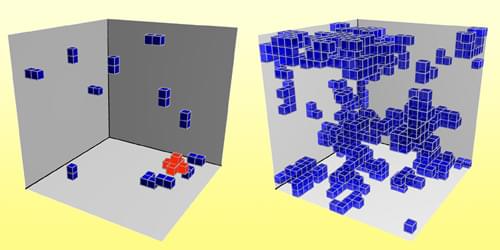
Scientists have yet to obtain a complete microscopic understanding of how a supercooled liquid behaves as it turns into a glass. Different theories can capture different aspects of the spatial and temporal dynamics of this process, but the assumptions behind these theories are, in some cases, mutually exclusive. Now Yoshihiko Nishikawa at Tohoku University, Japan, and Ludovic Berthier at the University of Montpellier, France, reconcile two competing descriptions of this glass-transition behavior using a recently developed lattice model [1].
A prominent glass-transition theory known as random first-order transition theory holds that a cooling glass-forming liquid adopts a mosaic-like static structure with finite-range order. In this framework, so-called dynamic fluctuations—reorganizations of a material’s particles—occur when boundaries between mosaic “tiles” collectively rearrange. These fluctuations are fundamentally tied to static, region-to-region variations in a material’s structure. A competing theory known as dynamic-facilitation theory contains no assumptions about the system’s static structure or region-to-region variations. This theory postulates that dynamic fluctuations occur via local, small-scale particle rearrangements that trigger a reorganizational chain reaction that then propagates through the material.
For their study, Nishikawa and Berthier used a different theory to probe the glass transition of a supercooled liquid. Their three-dimensional lattice theory exhibits mosaic-like structural variations that are consistent with those from random first-order transition theory. However, the researchers found that the model’s predictions for the dynamic fluctuations more closely resemble those of the dynamic-facilitation framework. Nishikawa says that no current experiments can directly confirm the occurrence of these behaviors in real glass-forming materials. But he hopes to use the three-dimensional lattice model to reproduce some recently observed indirect experimental data.

A theoretical study finds that the most energy-efficient way to control an active-matter system is to drive it at finite speed—unlike passive-matter systems.
The control of active matter, a class of systems in which each constituent constantly converts energy into directed motion, holds great potential for applications ranging from the targeted delivery of drugs to the creation of smart materials. Using an active-matter system to achieve a particular goal requires that one can efficiently drive it from one state to another. However, active matter’s intrinsic nonequilibrium condition presents a major challenge for theoretical treatments, meaning the most efficient way of driving a system is often difficult to predict. Now Luke Davis at the University of Luxembourg and colleagues have introduced a general framework to determine thermodynamically optimal protocols to drive active systems between different states in a way that minimizes the associated heat dissipation [1].
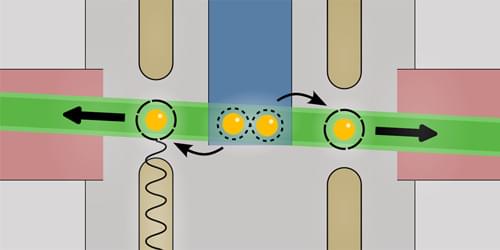

A new protective layer developed by researchers improves gold catalysts’ durability, potentially expanding their industrial applications and efficiency. Credit: SciTechDaily.com.
A protective layer applied to gold nanoparticles can boost its resilience.
For the first time, researchers including those at the University of Tokyo discovered a way to improve the durability of gold catalysts by creating a protective layer of metal oxide clusters. The enhanced gold catalysts can withstand a greater range of physical environments compared to unprotected equivalent materials.

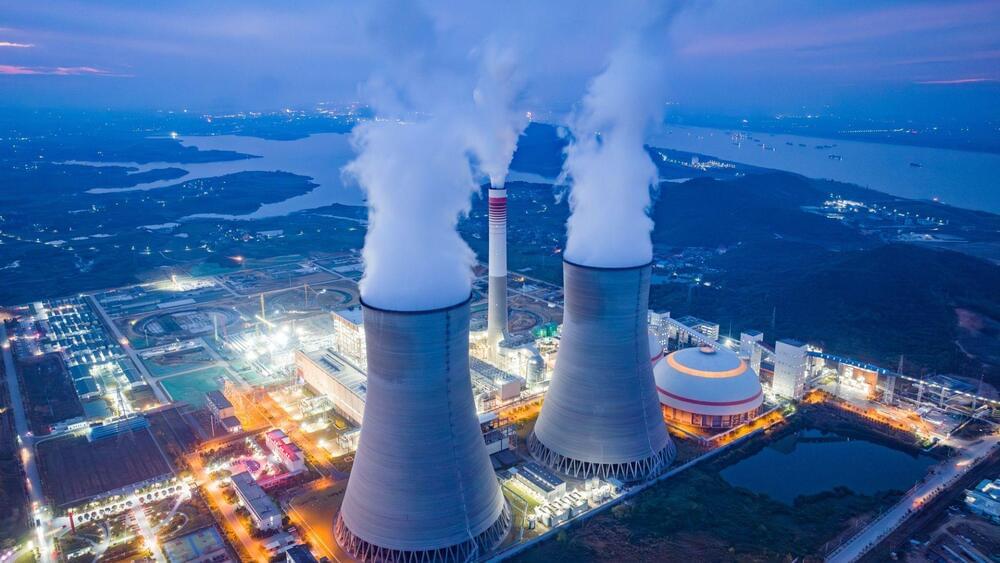
A research team at the Korea Institute of Science and Technology (KIST) has developed a thermally refractory material that maintains its optical properties even at temperatures of 1,000 degrees Celsius and in strong ultraviolet illumination. The material can be used in various applications ranging from space and aerospace to thermal photovoltaic (TPV) systems.
Thermal radiation is the term used to define the electromagnetic radiation emitted from all matter whose temperature is above absolute zero. The radiation results from the heat generated when charges in the material move and are released in the form of electromagnetic radiation.
Scientists have been working on tapping this radiation as a form of energy source. The heat from facilities such as thermal power generation plants and industrial sites can be repurposed for heating, cooling, and even energy production when suitable thermal refractory materials are available.

Researchers have unveiled a pioneering “bone bandage” that not only regenerates damaged bones in mice but also holds the promise of transforming bone regeneration in humans.
Developed by scientists at the Korea Advanced Institute of Science and Technology (KAIST), this biomimetic scaffold combines piezoelectric materials and the growth-promoting properties of hydroxyapatite (HAp), a naturally occurring mineral found in bones.
The innovative approach KAIST researchers took, although very much sounding like science fiction, is simply a freestanding scaffold that generates electrical signals when pressure is applied.